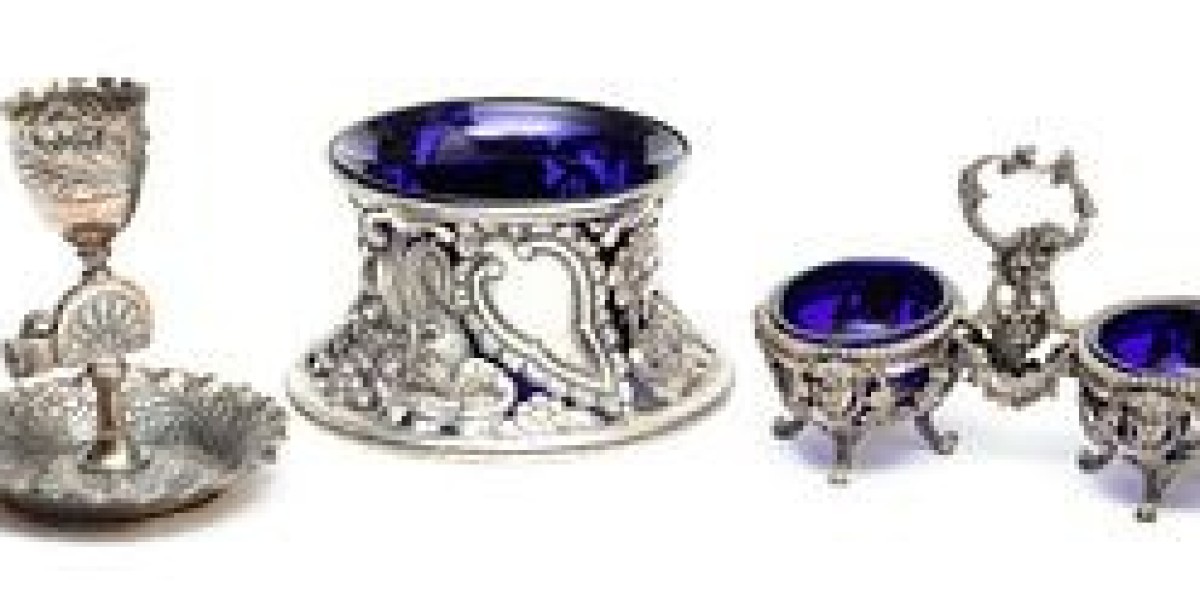Introduction
In a world filled with modern conveniences, it's a delightful journey to step back in time and uncover the charm of antique salt cellars and vintage salt box. These seemingly humble kitchen essentials carry with them a rich history of culinary traditions and craftsmanship. In this article, we will embark on a flavorful exploration of these treasured relics, revealing their significance, evolution, and enduring appeal to collectors and enthusiasts alike.
Salt Cellars: A Taste of History
Salt cellars, also known as salt dips or salt dishes, have been a staple on dining tables for centuries. These small, elegant containers were designed to hold precious salt, which was once a symbol of wealth and power. During medieval times, salt was highly prized and often displayed in elaborate salt cellars at the center of noble feasting tables.
As culinary customs evolved, so did salt cellars. They ranged from simple open dishes to ornate, lidded containers made from various materials like glass, porcelain, silver, or even carved wood. The design of salt cellars often reflected the artistic trends of their era, making them not just functional but also decorative pieces.
Vintage Salt Boxes: A Nostalgic Necessity
In contrast to salt cellars, vintage salt boxes represent a more utilitarian aspect of culinary history. These wooden or metal containers were typically used in kitchens to store and dispense salt in a controlled manner. Their design often incorporated a hinged or sliding lid and a small scoop or spoon for easy access.
Salt boxes were essential kitchen items in the 18th and 19th centuries, ensuring that salt remained dry and free-flowing. Some salt boxes featured decorative elements, while others were purely practical, with a focus on function over form.
The Allure of Antiquity
Collectors and enthusiasts have long been drawn to antique salt cellars and vintage salt boxes for their historical significance and unique aesthetics. These items offer a tangible connection to the culinary traditions of the past, reminding us of a time when salt was a valuable commodity and table settings were a true art form.
The value of these collectibles often depends on factors such as age, material, craftsmanship, and rarity. Rare and exquisite salt cellars and salt boxes have been known to command significant prices in the antique market, making them sought-after treasures for those with a passion for culinary history.
Preserving the Past
To maintain the integrity of antique salt cellars and vintage salt boxes, collectors must take great care in their preservation. This includes proper cleaning, storage, and display, as well as avoiding exposure to extreme temperature and humidity fluctuations. By ensuring these treasures remain in good condition, collectors can continue to savor the rich history encapsulated in these culinary relics.
Conclusion
Antique salt cellars and vintage salt boxes offer us a tantalizing glimpse into the culinary traditions and craftsmanship of bygone eras. Whether you are a collector seeking these treasures for their historical value or simply someone intrigued by their unique charm, these culinary artifacts serve as a reminder that even the most mundane kitchen items can carry a flavorful history worth savoring. As we celebrate their enduring appeal, we honor the culinary legacies they represent and the craftsmanship that has stood the test of time.








